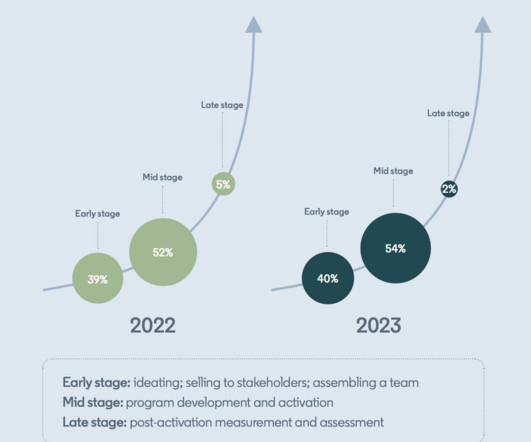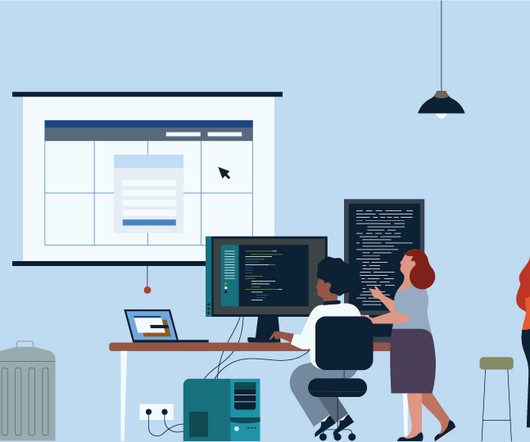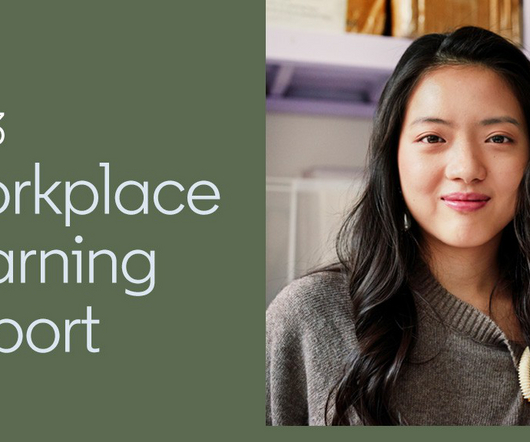New Year, New HR Trends for Brokers to Know
Extensis
JANUARY 4, 2024
Investing in career development In 2024, clients must have a genuine interest in their staff’s career development to maintain their talented workforces. Additionally, it’s estimated that by 2027, 50% of skill sets for jobs will have changed , highlighting the need to prioritize continuous learning.























Let's personalize your content